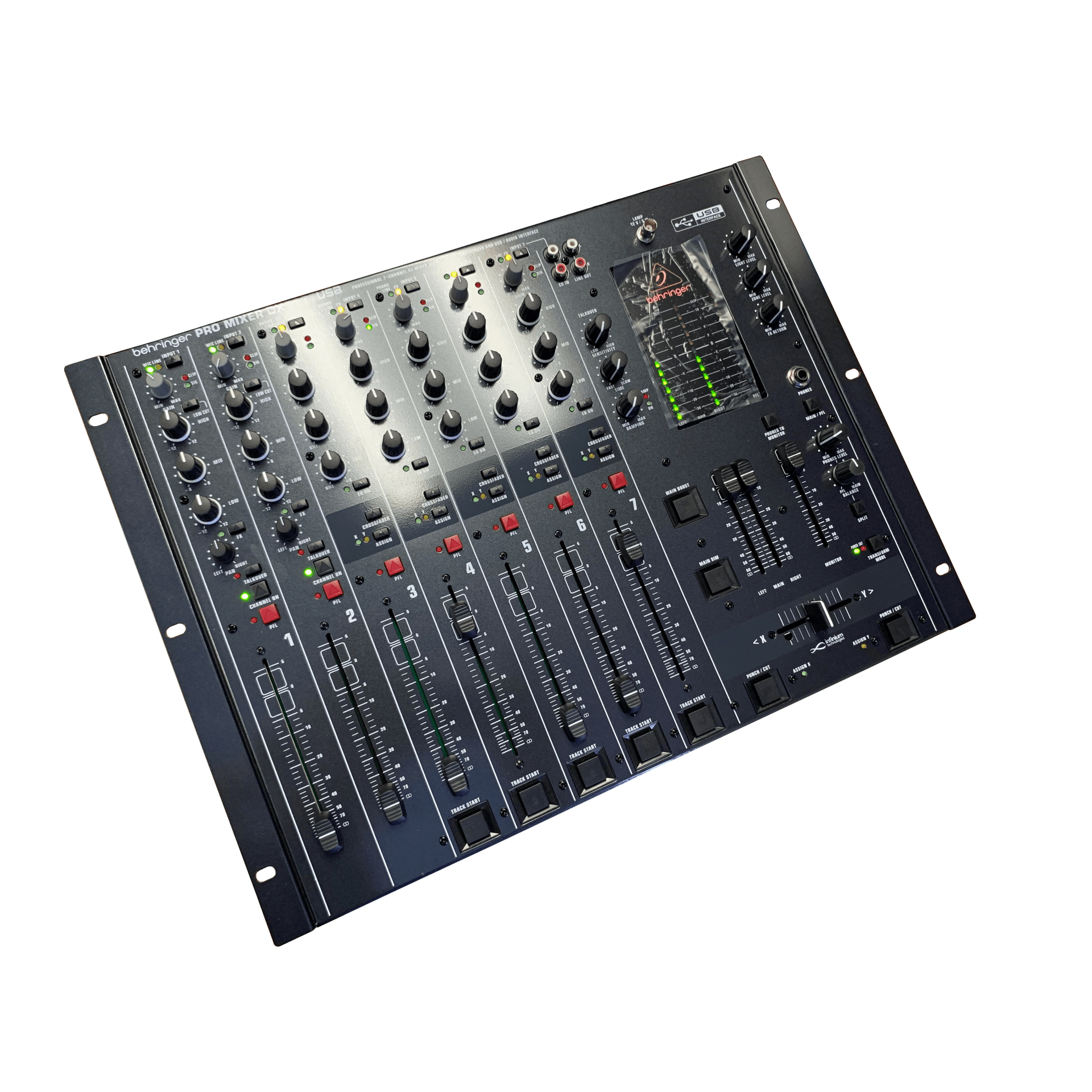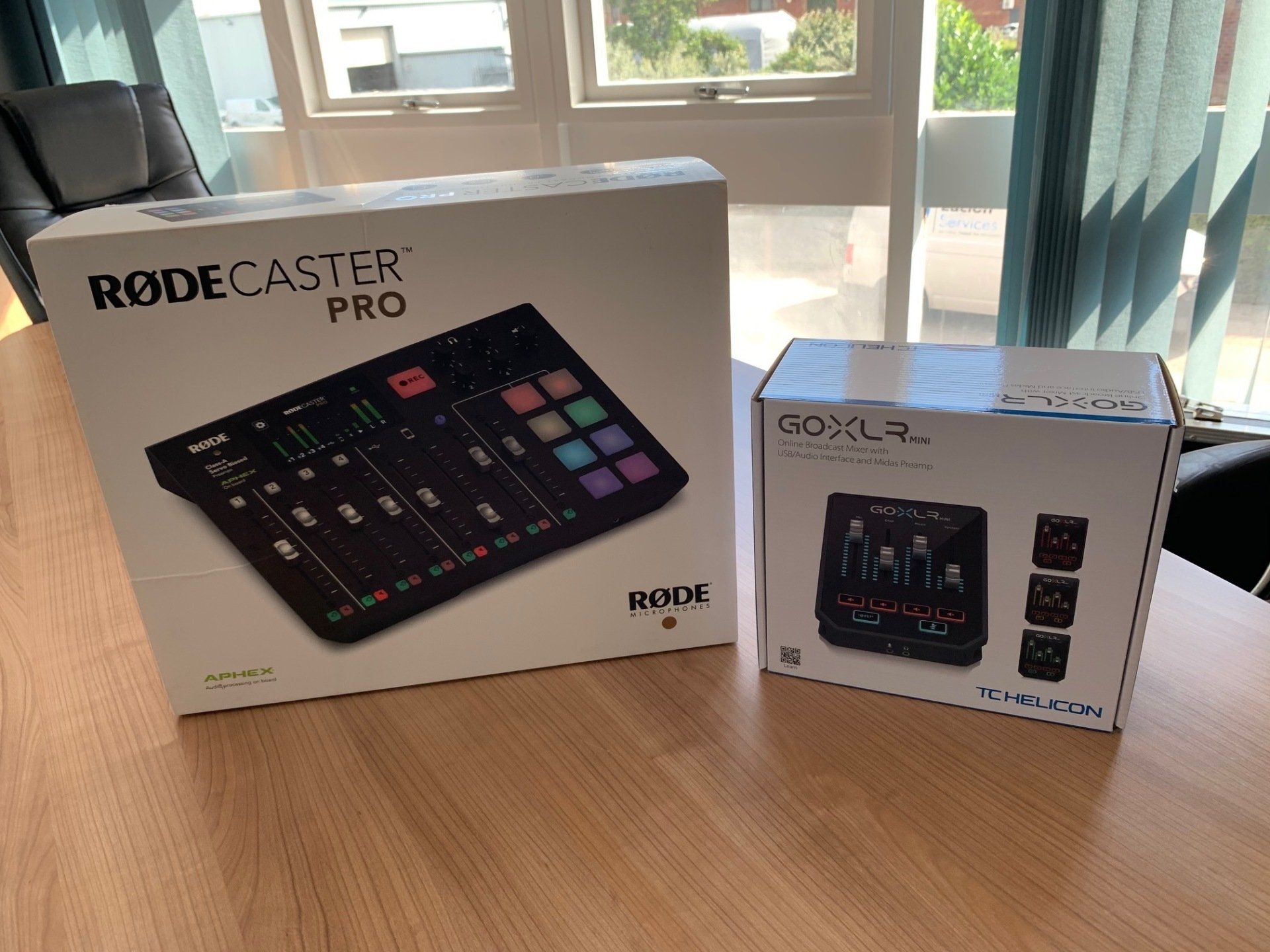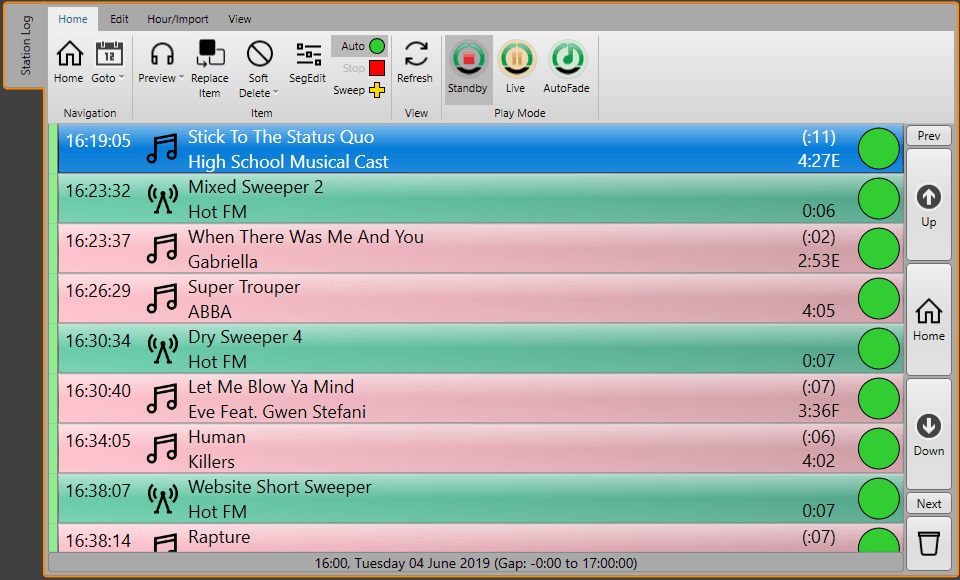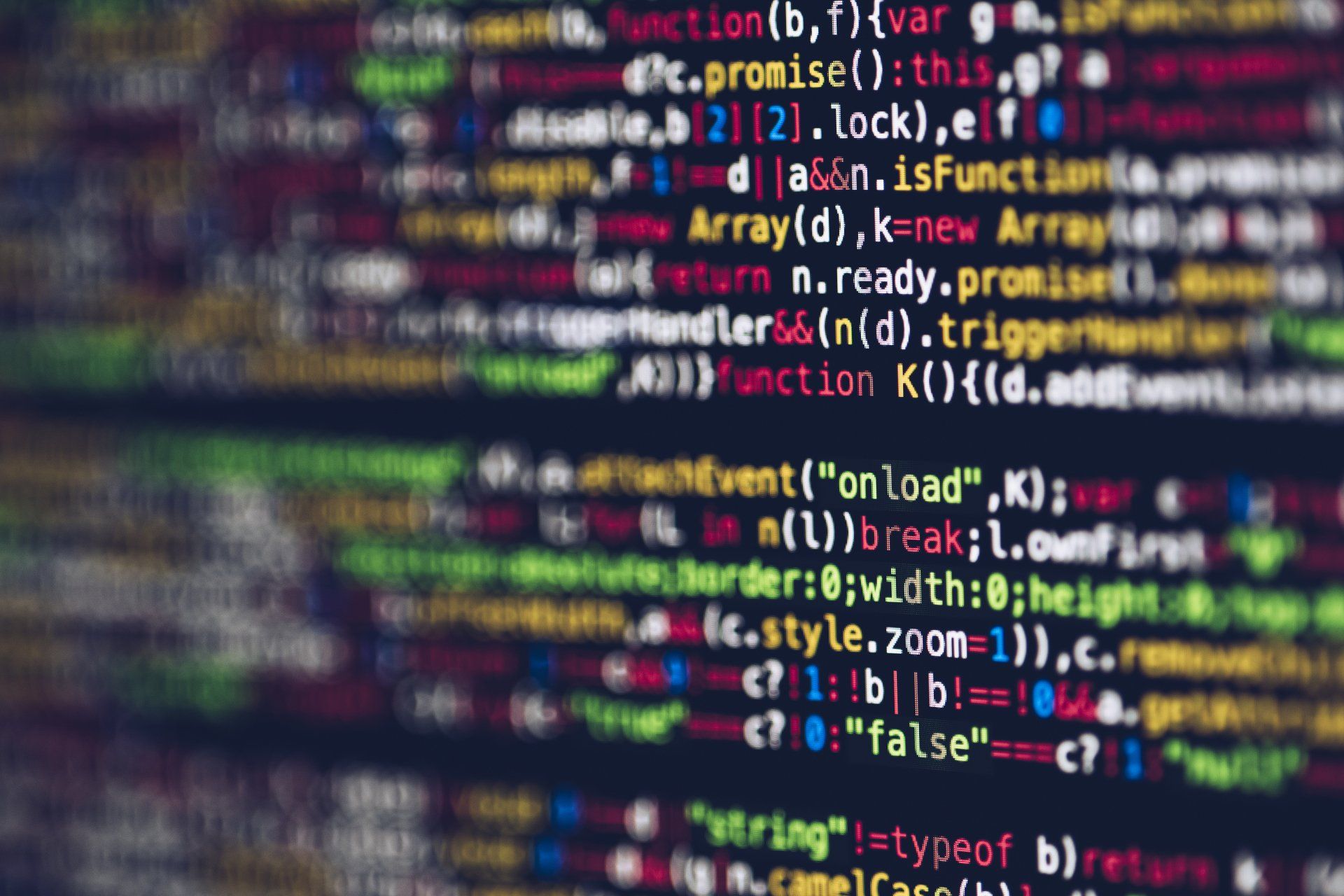






I just wanted to post a quick update on where we are with getting Myriad v6 Playout up to "Full Release" status.
First off: a quick explanation on what we mean by "Full" vs "Beta" Releases and the process we use to get new releases of our software tested and released.
Full Release vs Beta Release - what does that mean?
When we are working on a new release of Myriad, our primary aims during testing are to make sure that the any new features work as designed, and more importantly, that when it leaves BR Towers that it's not going to cause real live radio stations any headaches. In the forefront of our minds is that Myriad is used every day by thousands of users in radio stations all around the world, and the last thing we want to do is give them even MORE to deal with - or even worse, to take a radio station Off-Air due to something we missed.
To do this, we work hard during development to make sure that new features do what they should, don't have any critical bugs, and just as importantly, don't break anything else.
All new software goes through a series of stages as part of each release cycle:
If you want a more detailed explanation about Beta releases, there is a full explanation here https://www.broadcastradio.com/beta-versions-explained
Developing new features:
As part of daily life in the Broadcast Radio software Dev team, whenever we're working on a new update, we regularly produce "Alpha" test builds that we run on multiple internal test radio stations - each one of these stations is testing a different common configuration. For example, one station might be using the built in media engine, whilst another otherwise identical station is using the Remote Media Engine Host instead. Another test computer might be running multiple radio stations all from a single PC, whilst yet another is simulating radio stations that use Split Advert Breaks and ID's to produce different branded content.
These test stations are much more than simple log playback - they are designed to simulate as many common scenarios that our end users carry out every day as possible - so we even use automated testing to simulate users deleting and importing media items, importing news and weather content, even making sure that we can correctly import syndicated shows from 3rd party providers, and validating that their "Now Playing" information is correctly ingested and then sent back out at playout time.
Once we have finished work on a new feature and are happy that it has passed the automated testing, a full internal private "Beta" build is then passed to members of our Support team who do "as-live" testing of features, as well as making sure that any customer reported issues have been resolved. The will also putt it through their own typical test scenarios based on their own real-world experience working with customers directly.
We also send that private Beta build out to a carefully selected pool of broadcasters who then test that new version on their actual live radio stations - usually on a test system first, and when they are happy, they will then run it live On-Air - you'll sometimes hear us refer to these stations as our "Private Beta Test" stations. These stations are essential to our testing process as it will put the softwar through its paces in the fast paced environment of a live broadcast studio - a true trial by fire if you will! Hopefully it's a testament to our development skills that these stations are always very happy to test these versions, as they know it's incredibly rare that it will cause them any actual On-Air issues!
We then expand our own internal testing pool to include other parts of the Broadcast Radio team to make sure that documentation can be worked on or updated, any training videos created, as well as making sure that the commercial team is happy that they are ready to talk about new features and improvements with customers, as well as making sure they are comfortable with how to demonstrate the new version at the many trade shows and Expo's that we attend each year.
Once all the above has completed and we are happy that Myriad is ready, we then do a full build of Myriad ready for a "Public Beta Release".
Our quality target for these Public Beta releases is that this release should ultimately be good enough to be upgraded to "Full Release" status once it's passed public testing.
This means that it should be able to be used by normal non-technical presenters, on a real world radio station with zero "Off-Air" bugs, and as few minor issues as possible - we aren't perfect, and any coder who says they are is lying! - but we do our very best to make sure that these releases are as good as is humanly possibly.
Part of the reason for these Public Beta Releases is that although we have tested as many common environments as possible, it's impossible to simulate the hundreds of possible different scenarios that Myriad might be used in, and of course hundreds of thousands of different actions that different users will carry out at stations in real-world use every day. For example, one station might have a particular set of hardware that performs differently than others, or one user may use a feature differently from how we intended it, and comes across a bug.
So this Public Beta testing is an incredibly important phase in the release cycle - without knowing that other broadcasters have already upgraded and tested out each new release, what confidence would you have that your station is not going to be adversely affected by a change?
We also feel a strong sense of responsibility with these Public Beta versions - the last thing we would want to do is to to release something that is going to make a presenter or a station sound unprofessional. Further, if we were to get a reputation that our Beta Releases are unreliable then broadcasters would stop downloading and testing them because they wouldn't have the confidence to use it. This means we would lose that incredibly valuable real-world testing that makes sure that every release of Myriad that goes to "Full Release" is as rock solid as possible.
Sometimes during this Public Beta Release phase, an issue will be found that we feel is critical enough that we need to issue a fix before we are happy to sign off on that version going to Full Release.
An example of this recently was with the first ever Beta Release of Myriad Playout v6 (v6.1.1), when a user in France found that in certain circumstances Myriad would not run correctly - in this case, because in France a decimal point is represented by a comma "," instead of a "." character. Obviously this is not a good thing(tm) so we got that fixed and issued the v6.1.2 release along with some other tweaks improvements and bug fixes that came up with that first release.
This testing and release cycle will then usually repeat until we are confident that the most recent Beta is ready, at which point it is then upgraded to Full Release status.
So, that's the process explained, where are we with Myriad Playout v6?
First off, the really great news is that Myriad Playout v6.1 has turned out to be REMARKABLY reliable.
Between you and me, we fully expected that there would be something that we would have to re-work with the very first release, maybe even meaning that we would have to do another big release to get things sorted - after all, v6 is a huge update from v5, and there are thousands of UI changes, and tens of thousands of code line changes that we've been working on for the past 9 months or more, so even with fingers and toes crossed, we did think that we might need more updates before it was ready for "Full" release.
The amazing news is that we were wildly wrong - Myriad v6 has proven to be incredibly reliable - so much so, that almost 1 in 10 Myriad v5 stations have already updated to the latest beta release (v6.1.2) and are using it live on-air, and almost every station that has downloaded the beta to try it out has ended up being so happy with it that they have rolled it out on-air. Yes, we are feeling more than a little bit chuffed about that!
BUT! (And there is always a BUT!) - Our own testing and feedback from the beta testing programme has shown a very small number of issues (less than 10) that we want to get fixes out for before it goes Full Release - rather than do a Full Release now, then have to wait for the next big release to get those fixes out.
For example, the method used to "Group" items in the Media Library search results has stopped working. It's hard to imagine how this could possibly take a radio station off-air, but I'm pretty sure it might well drive a presenter up the wall if they have come to rely on using that as part of producing their show! So we fixed it, along with the other niggles.
So - whats next?
The plan is now pretty simple - within the next week or so we will be shipping a v6.1.3 Public Beta release that fixes those last few bits, but ALSO adds in a couple of new features as well - for example you can now configure Remote Edit Server to process each recorded voice link using a 3rd party audio processor such as StereoTool to help iron out those differences that come from different rooms, microphones and techniques. This feature was in Myriad v5 RES, but it wasn't quite ready in time for the original Beta release of v6, but it is now, so we've been able to include it in v6.1.3.
Typically we let a Beta release run for about 4 weeks to make sure enough broadcasters have put it through it's paces before we declare it ready to upgrade to a Full Release, however, as the changes in v6.1.3 are relatively minor we are hoping that we will be able to cut down this period slightly to get it up to Full Release status more rapidly than usual.
We actually took a big step towards this goal today internally at BR Towers, as we completed the upgrade of ALL of our internal "long term" test stations to Myriad v6 - this is a huge step towards us being ready to certify that we are happy that Myriad v6 will be our flagship product - but also a slightly sad day, as some of those stations have been running Myriad v5 for nearly 7 years through various versions - But that's the price of progress!
(Note to v5 users: Don't worry, we still have several other test stations running the latest v5.32.2 release as well, just in case!)
Summary
So in summary - within the next week or so we will release Myriad Playout v6.1.3, and once that is released, we'll then follow it up shortly afterwards with a Myriad AutoTrack SE v4.6.1 beta release with the aim that these will both go Full Release shortly after.
As you can imagine, we're incredibly excited about this, and we genuinely can't wait to get Myriad v6 to Full Release as we know so many stations are waiting to upgrade as soon as they can- we know they are as excited about it as we are, because we get asked about it multiple times a day - and we genuinely love that keenness!
Once both Myriad Playout and AutoTrack have gone to Full Release, we will then be working on the first release of Myriad Anywhere v6 Self-Hosted for stations that host their own Myriad Anywhere sites.
Of course, Myriad Anywhere Cloud itself is always kept up to date by our team here, and it all Myriad Anywhere Cloud stations receive updates automatically every week or two, and it also has it's own Beta versions that are updated more often than that - for more information on how to opt-in to these Beta Releases of Myriad Anywhere Cloud v6, see this post on on facebook
Hopefully this helps explain where we are, and just how soon Myriad Playout v6 will be ready for the big time!






